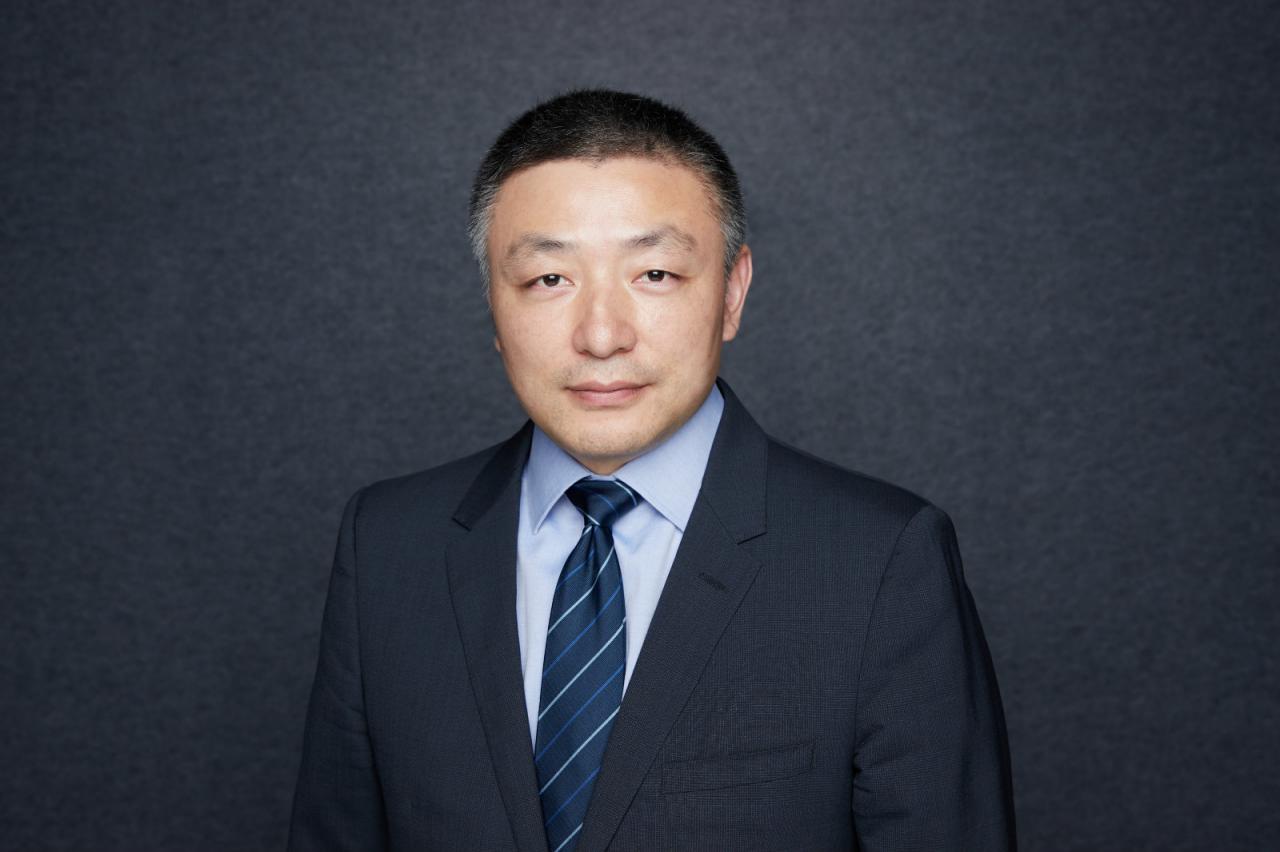
Chem366——In the 1970s, atmospheric researchers discovered that the concentration of ozone on the earth is gradually weakening. Until today, the issue of protecting the ozone layer has never faded out of public view.
Scientific research has found that chlorofluorocarbons (CFCs) can cause great damage to the ozone layer and belong to “Ozone-Depleting Substances” (ODS for short). And CFC-11 blowing agent has been widely used in the production of foam insulation materials for refrigerators and buildings.
For ozone-depleting substances such as CFC-11 and HCFC-141b, the “Montreal Protocol” stipulates their production and sales, and formulates a timetable for countries to abolish ODS. It is understood that the date for China to completely stop the production and consumption of CFC-11 is January 1, 2008; China’s polyurethane foam industry needs to complete the complete phase-out of HCFC-141b in 2026.
It is imperative to find safe, environmentally friendly and efficient blowing agent alternatives.
On February 27, 2019, Honeywell (China) Co., Ltd. Environmental Protection Research Institute officially released the latest version of “Honeywell Foaming Agent Solutions Green Paper” (hereinafter referred to as “Green Paper”) Book”). This is the second important environmental protection product technology research report since the establishment of the Environmental Protection Research Institute in May last year, and it is also Honeywell’s first special interpretation report for the blowing agent industry. Today, Tiantian Chemical Network interviewed Mr. Yang Wenqi, General Manager of Fluoroproducts Asia Pacific, Honeywell Performance Materials Division, on the green paper and related issues.
Reporter: Mr. Yang, please introduce the background of the green paper released by Honeywell.
Yang Wenqi: Honeywell has many years of research experience in polyurethane foaming agents and has launched many commercial products. There are three considerations for launching the green paper this time.
First, after China joined the “Montreal Agreement” (and the subsequent “Kigali Amendment”), it is in the phase-out process of CFCs and HCFCs, and there is a great demand for more environmentally friendly and energy-saving blowing agents. Second, in 2018, the Chinese government officially issued a ban on the three industries of household appliances, panels and water heaters: starting from January 1, 2019, the use of HCFC-141b will be completely banned. This is a big progress in the field of blowing agents, and many companies are gradually switching to alternative products. Third, in recent years, China has published some relevant international research reports, which shows that the government attaches great importance to it. Judging from the current situation, some small and medium-sized composite material factories have higher demands for alternative environmentally friendly foaming agents.
This “Green Paper on Honeywell Foaming Agent Solutions” covers several commonly used rigid polyurethane foaming agents, and conducts a relatively objective analysis of various foaming agents, which can be used by the industry The domestic production enterprises are used as a reference when choosing a blowing agent. This is our original intention for this green paper.
Reporter: What is the current status of the use of blowing agents at home and abroad? Please give us an overview of the market.
Yang Wenqi: Looking at the overseas market, due to the improvement of regulations and energy efficiency requirements in the global home appliance and construction industries, the demand for more environmentally friendly, high-performance and safe blowing agent products is increasing. Solstice® LBA is more and more popular in the market. generally favored.
From the perspective of the domestic market, thanks to the Chinese government’s vigorous promotion of the commitments made in the Montreal Convention and its active advocacy of environmental protection, the process of phasing out HCFC-141b in China is constantly accelerating. The consumption of new HFC-245fa blowing agent maintained a steady growth. At the same time, due to export and energy efficiency requirements, more home appliance companies have expanded their existing production lines, and some have begun to use more environmentally friendly and high-performance Solstice® LBA blowing agent products.
Reporter: Since the proposal of the Montreal Convention, what development has Honeywell experienced in the development of blowing agent solutions? What are Honeywell’s main and latest foaming technologies to replace HCFC-141b?
Yang Wenqi: Honeywell has led the development and commercialization process of several generations of blowing agent products in the past few decades, and successfully developed and commercialized the Enovate® 245fa product that does not damage the ozone layer. In the past few years, Honeywell has redeveloped and commercialized Solstice® LBA, a fourth-generation blowing agent product with high performance that does not destroy the ozone layer, has a very low global warming potential (GWP). Thanks to its excellent comprehensive performance, Solstice® LBA has achieved remarkable results in industries such as refrigerators and home appliances after our vigorous promotion.
At present, Solstice® LBA has established supply relationships with more than 18 world-renowned home appliance manufacturers, including Haier, Hisense, Midea, TCL, etc. in the Asia-Pacific region and Whirlpool in the United States, all of which have been used in large-scale home appliance production Solstice® LBAs. China only home every yearElectricity companies have produced millions of refrigerators using Solstice® LBA foaming technology. In addition, Solstice® LBA has also established cooperative relations with 17 brand companies in the construction fields such as sheet metal and spray coating.
Reporter: The green paper mentions several alternatives to HCFC-141b, including alkane blowing agents, all-water foaming, and so on. In comparison, what are the advantages of Honeywell’s blowing agent alternatives?
The third-generation blowing agent Enovate® 245fa (HFC-245) is pentafluoropropane, which was developed by Allied Signal (later merged with Honeywell) in the 1990s. It is a kind of foaming agent, and it was officially commercialized in 2002. The trade name is Enovate® 245fa, and it has been put into production in Taicang City, Jiangsu Province in 2014. Enovate® 245fa is environmentally friendly, with an ODP value of 0; it is safe to use and has no flammability, and the foam production equipment does not need explosion-proof modification; it has good thermal insulation performance and can effectively reduce the thermal conductivity of polyurethane foam; it has good compatibility with polyols, The foam fluidity is good, the foam strength is high, and the foam density can be reduced to save raw material costs.
The fourth-generation blowing agent Solstice® LBA is the fourth-generation HFO blowing agent officially commercialized by Honeywell in 2011. It inherits all the advantages of Enovate® 245fa and is more environmentally friendly, with a GWP value of only 1, equivalent to carbon dioxide; better thermal insulation performance, lower thermal conductivity than Enovate® 245fa foam. Mainly used in household appliances, building insulation, cold chain transportation and industrial insulation and other fields.
For more details, please long press the QR code below to download the latest version of “Honeywell Foaming Agent Solutions Green Book”




 微信扫一扫打赏
微信扫一扫打赏
